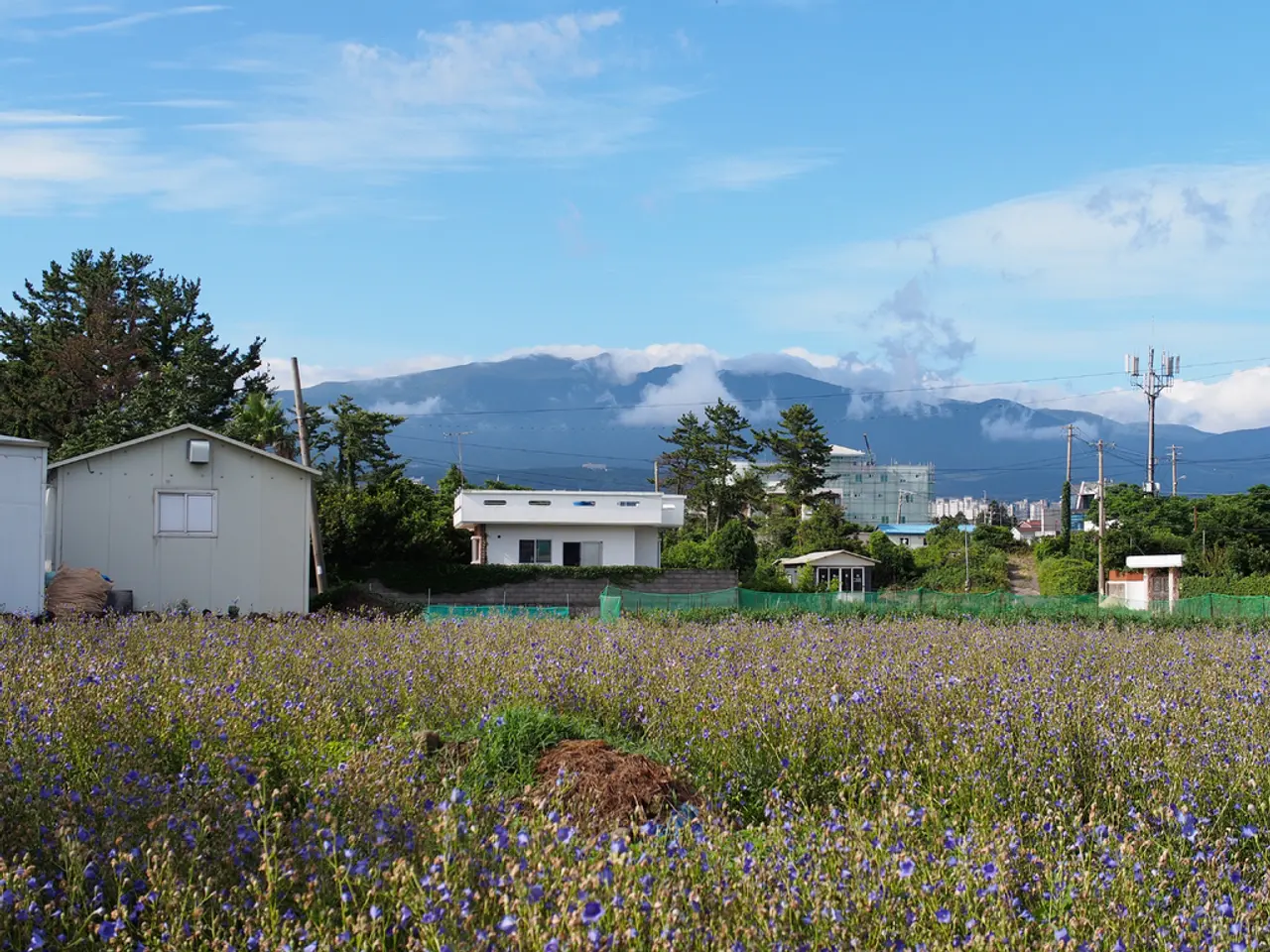Faulty review by the Energy Department helps keep costly, undead power facilities operating
The U.S. Department of Energy's (DOE) recent report on aging power plants and potential blackouts by 2030 has raised concerns and sparked debate due to several significant flaws that cast doubt on its conclusions and overlook actual planning practices by utilities and grid operators.
Unrealistic Assumptions About New Builds
One of the report's main flaws is its assumption that the power sector will stop building any new power resources after 2026, except for projects already under construction or with signed contracts. This assumption contradicts how utilities and grid operators actually plan, as they continuously develop new resources to meet growing demand and replace retiring plants.
Overlooking Ongoing Planning and Resource Development
The DOE report fails to consider anticipated developments in the power sector, such as the ongoing planning by utilities and grid operators for future grid needs. This oversight skews the forecast toward vulnerability and crisis scenarios unsupported by actual industry practices.
Overestimating Power Plant Retirements
The report overestimates the number of power plants expected to close by 2030, often assuming closure without accounting for planned replacements or continued operation. This exaggerates the likelihood of blackout risks.
Relying on Aggressive Demand Growth Projections
The DOE relies on aggressive forecasts for electricity demand, notably from AI data centers and economic growth, that are at the high end of possible outcomes. This amplifies the projected supply-demand gap.
Dismissing Renewables and Batteries as Reliable Resources
The report discounts the reliability contributions of the vast majority of new generation capacity from solar, wind, and batteries by not considering them firm resources capable of preventing outages. This oversight leads to an overstatement of the need to keep aging fossil plants online.
Political and Agenda-Driven Bias
Critics argue that the report appears intended to support a pro-coal and fossil fuel agenda, emphasizing emergency actions to keep old plants open rather than fostering investment in renewable energy or grid modernization.
Neglect of Grid Equipment and Reliability Solutions
The analysis focuses on power plant retirement risks rather than addressing broader issues of grid equipment reliability and system resilience that are critical to future grid stability.
Improper Use of Emergency Authorities
The DOE’s citing of potential future blackout risks to justify immediate emergency orders to keep plants running is criticized as legally and practically questionable because its authority is intended for immediate, unexpected crises, not forecast conditions years ahead.
In summary, the DOE report's key flaw is that it models the grid in 2030 as if no new resources beyond those already started or contracted will be commissioned, ignoring the dynamic, forward-looking planning processes utilities and grid operators use to ensure reliability. This results in exaggerated blackout risks and policy recommendations that may not align with actual grid evolution or needs.
On the contrary, electricity demand is growing faster than in decades, and utilities and grid operators are planning to build more and faster to meet the moment. They are focusing on diverse portfolios of wind, solar, storage, and gas, chosen because they are reliable and cheaper. Regional planners are already doing the work to enhance grid reliability, with solar, wind, battery energy storage, and natural gas featuring heavily across these utility plans.
In Texas, for example, utilities have signed interconnection agreements for 37 GW of new batteries and gas, and another 199 GW are in the interconnection queue. Many of these aging plants are too expensive to keep online and unable to compete with newer, cheaper and more efficient resources. Forcing aging plants to remain online will hike customer bills without improving reliability.
[1] "DOE Report Overstates Blackout Risks, Undermines Grid Evolution," Energy Innovation, 18 March 2023, https://www.energyinnovation.org/2023/03/18/doe-report-overstates-blackout-risks-undermines-grid-evolution/
[2] "DOE's Coal and Gas Plant Analysis Fails to Reflect Market Realities," Grid Modernization Coalition for the 21st Century, 20 March 2023, https://gridmodcoalition.org/does-coal-and-gas-plant-analysis-fails-to-reflect-market-realities/
[3] "DOE's Aging Power Plant Report: Flawed Analysis, Misleading Conclusions," Natural Resources Defense Council, 21 March 2023, https://www.nrdc.org/experts/jason-walsh/does-aging-power-plant-report-flawed-analysis-misleading-conclusions
[4] "DOE's Aging Power Plant Report: A Bias Toward Coal and Gas," Union of Concerned Scientists, 22 March 2023, https://www.ucsusa.org/resources/doe-aging-power-plant-report-bias-toward-coal-and-gas
The DOE's report on aging power plants overlooks the continuous planning and development of new resources in the power sector by utilities and grid operators, which contradicts the assumption that no new power resources will be built after 2026.
Despite the report's emphasis on potential blackouts by 2030, electricity demand is growing faster than in decades, and utilities and grid operators are planning to build more and faster diverse portfolios of wind, solar, storage, and gas to meet the moment.




